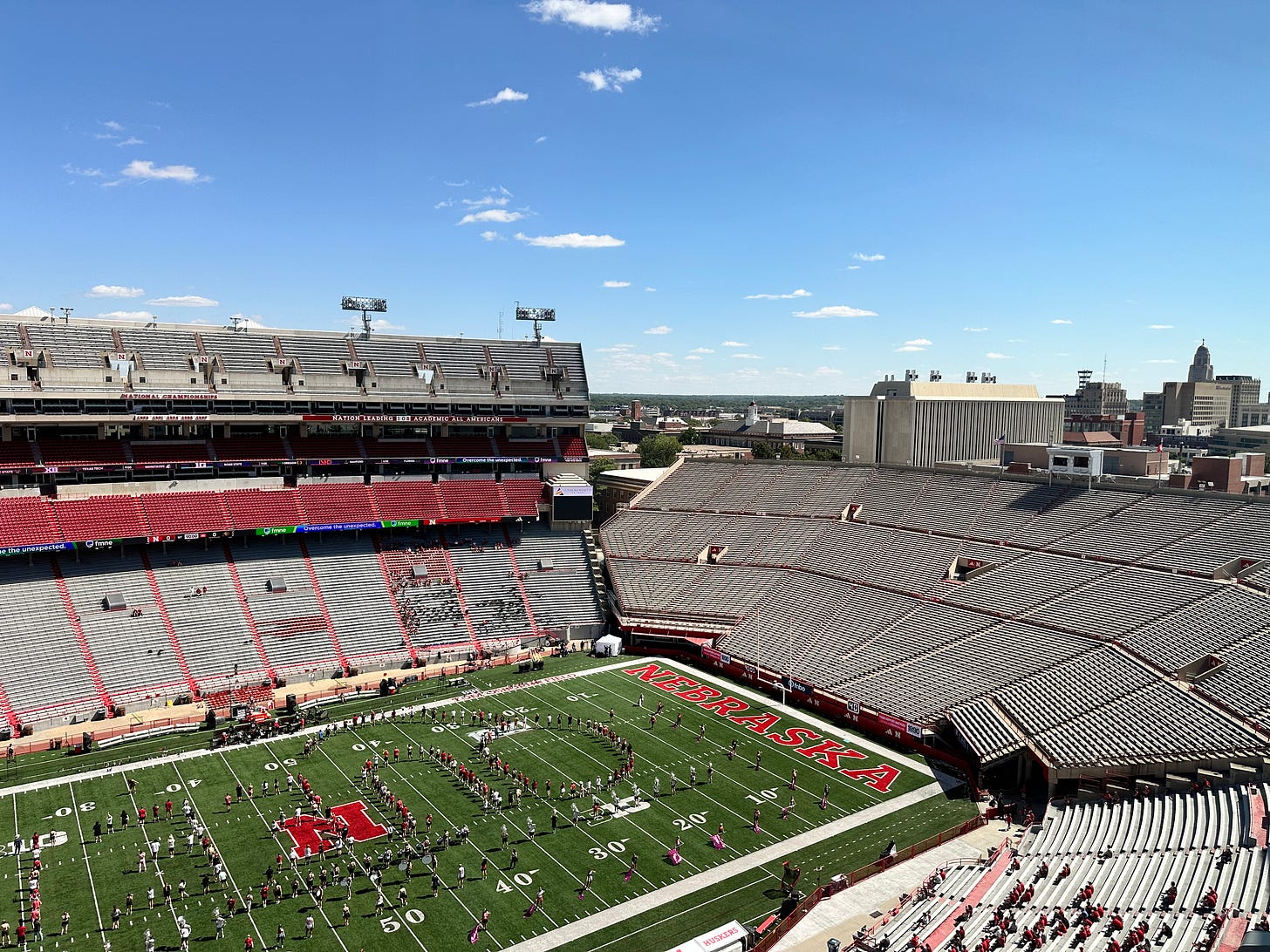The NCAA House Settlement changes everything
And yes, it's coming for Nebraska too.
For decades, the NCAA held onto the idea of amateurism with an iron grip, refusing to budge even as the college sports landscape around it became increasingly commercialized, corporatized and eventually professionalized. Television rights deals exploded. Coaches signed nine-figure contracts. Facilities became jaw-dropping cathedrals. Players were told their scholarships were more than enough.
Not anymore.
Last Friday, a federal judge approved the terms of the $2.8 billion House v. NCAA antitrust settlement, officially opening the door for schools to begin directly paying student-athletes for their name, image and likeness (NIL). It is a historic decision—arguably the most significant legal shift in the 118-year history of the NCAA—and it will dramatically reshape the future of college athletics.
At Nebraska, where football traditions run deep (including the walk-on program), the effects of the House settlement will be felt quickly and personally. The structure, funding and purpose of college sports have fundamentally changed. The Huskers, like every other Division I program in the country, are being asked to adapt in real time.
Let’s walk through what just happened and what happens next.
Keep reading with a 7-day free trial
Subscribe to Counter Read to keep reading this post and get 7 days of free access to the full post archives.



